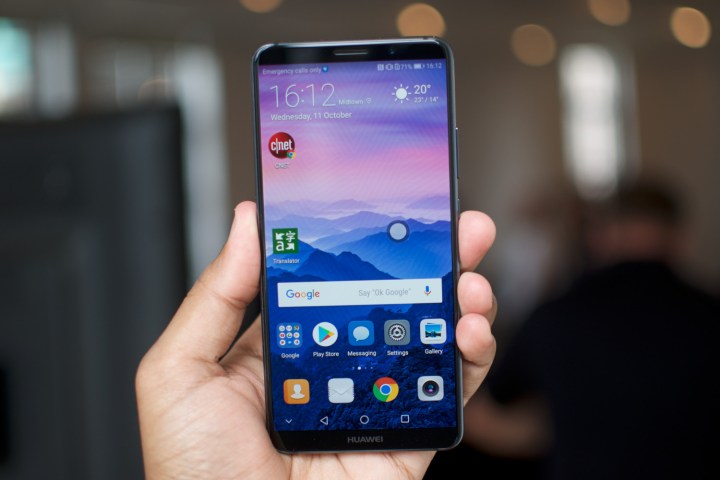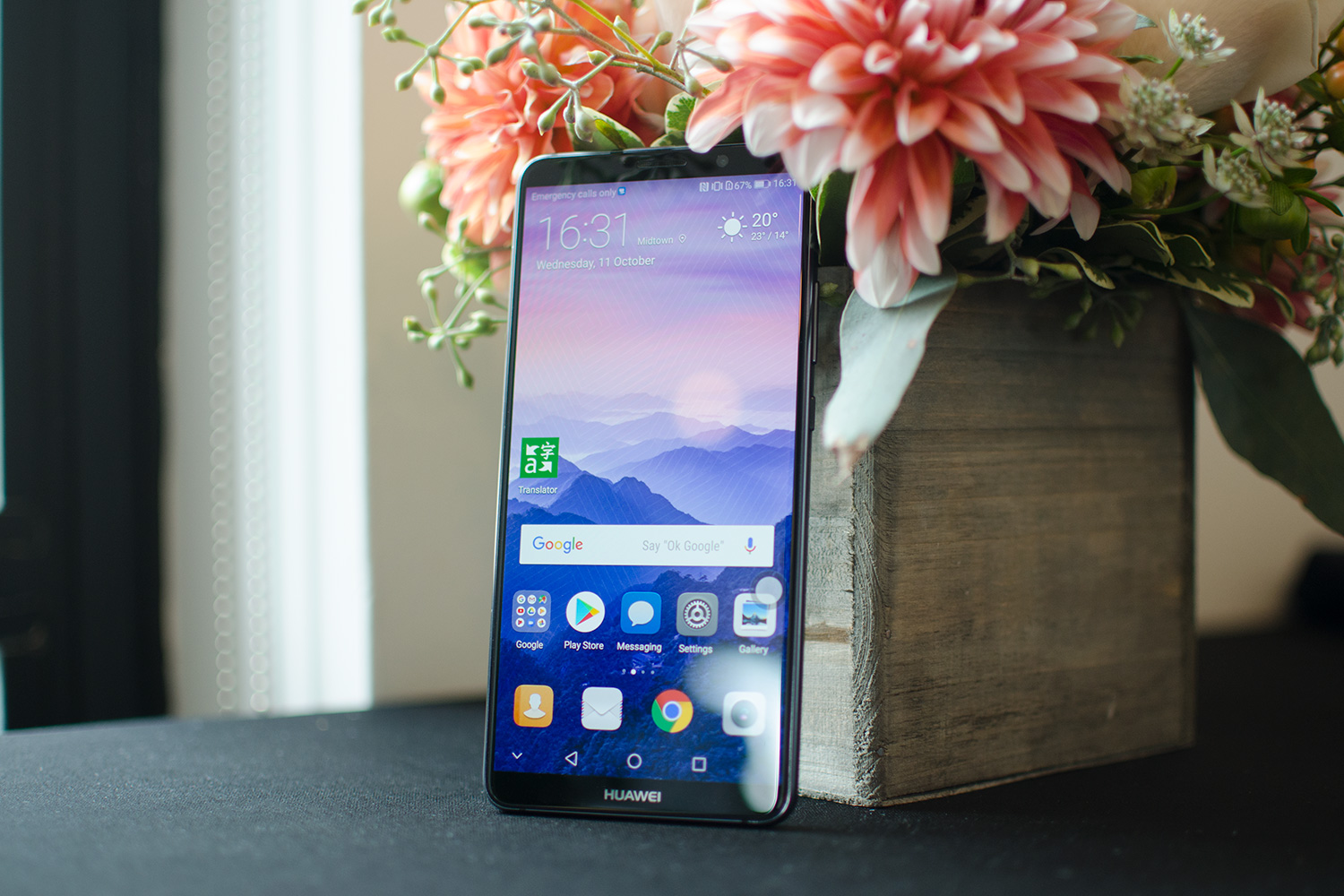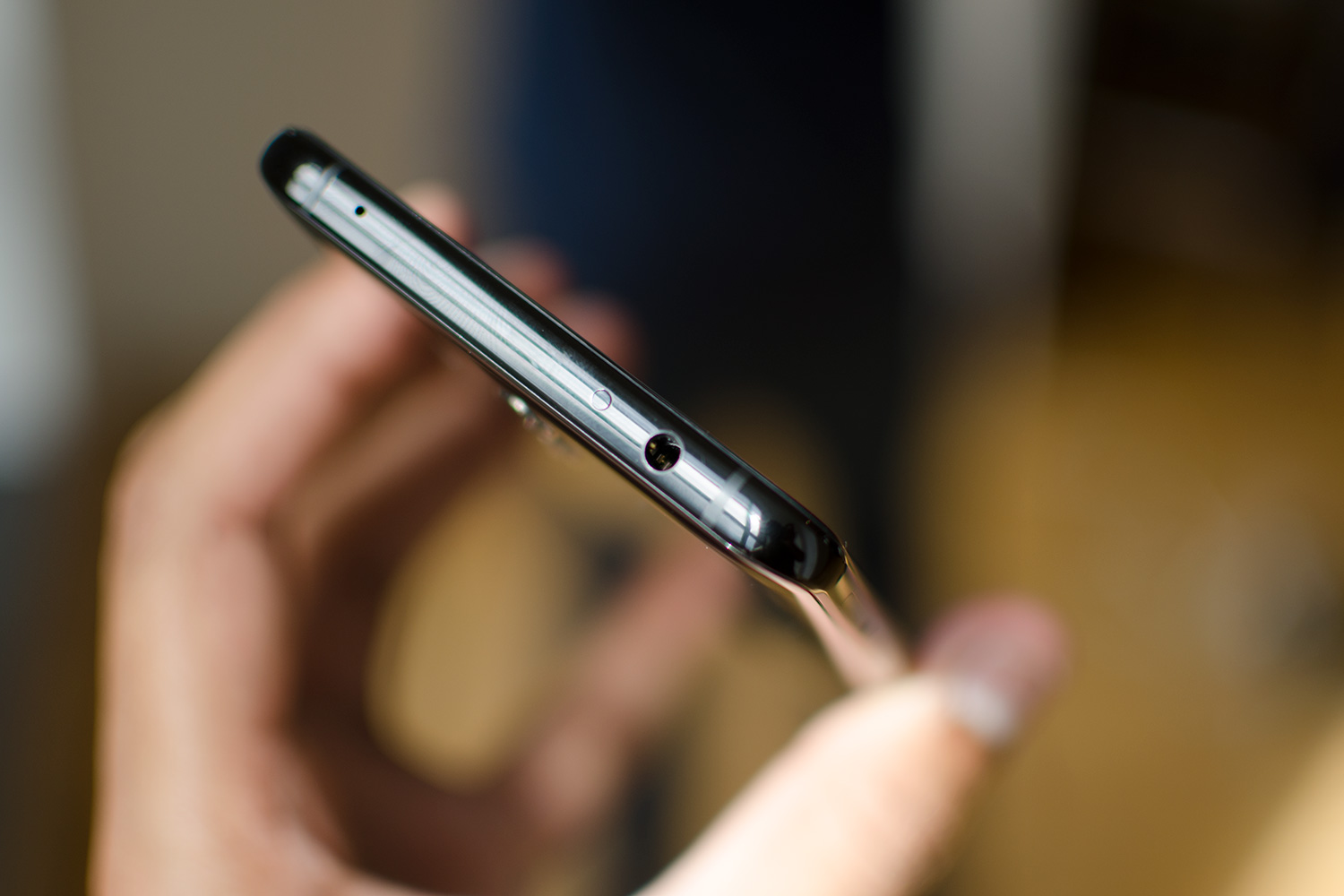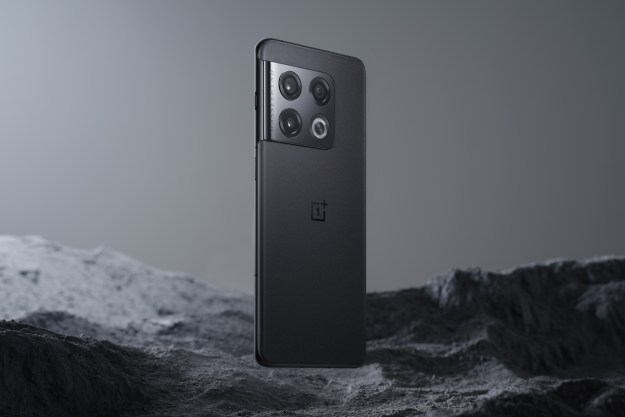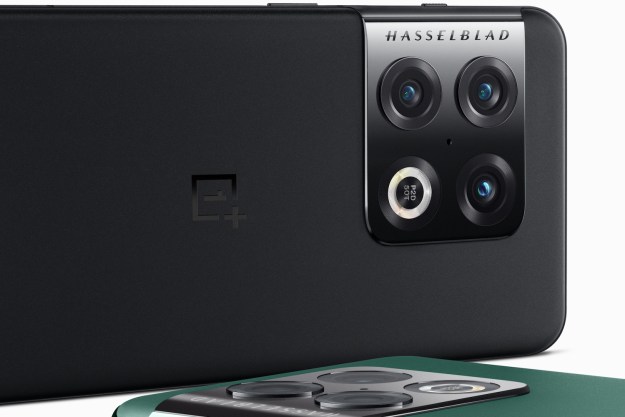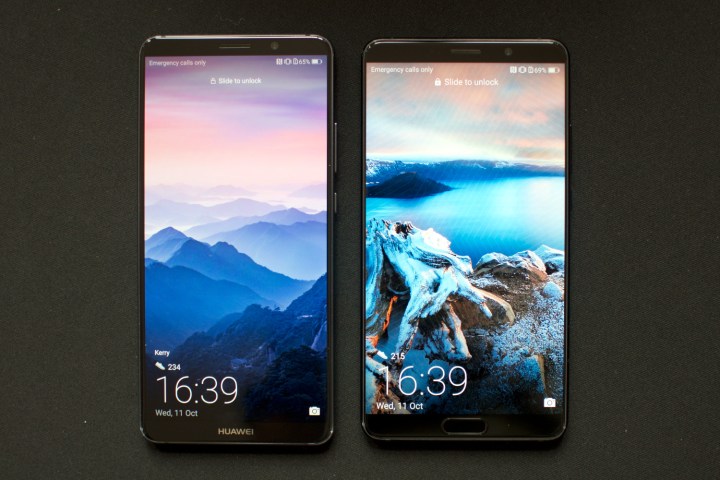
Both the Mate 10 and Mate 10 Pro feature a beautifully large edge-to-edge display that could go toe-to-toe against the Samsung Galaxy S8, and they pack a Huawei-built processor that might give the Qualcomm Snapdragon 835 a run for its money. Perhaps a little surprising, however, is how the phones are fairly different. The Mate 10 Pro is not just a larger version of the standard Mate 10. Here’s a rundown of the two phones, and what they have to offer. For more reading, check out our Mate 10 Pro review.
Pricing and availability
Only the Mate 10 Pro is available in the U.S., and it was originally going to launch on AT&T — a first for Huawei. The deal reportedly fell through, with Verizon reportedly doing the same. Still, you’re now finally able to pre-order the Mate 10 Pro in the U.S. It costs $800, and you can order it from Best Buy, Amazon, Microsoft, Newegg, and B&H. Official sales begin on February 18. U.S. customers will be able to get the phone in Midnight Blue and Titanium Grey, though Mocha Brown is also on the way. Those that pre-order before February 17 will also get a $150 gift card from whichever retailer you buy from.
The device is also available in more than 24 other countries, including France, Germany, Italy, Thailand, and the U.K. The Porsche Design Mate 10 is also available, but at an absurdly high 1,395 euros (about $1,647). The phone will reportedly be available in the U.S. alongside the standard version of the Mate 10 Pro in February.
The Mate 10 won’t be coming to the U.S., but it does cost 700 euros (about $827) in countries including Mexico, Spain, and the United Arab Emirates. Last but not least is the Mate 10 Lite, which is available in certain select markets like Australia and Pakistan. In Australia, the phone is available for AUD$499, which equates to around $400 USD.
Huawei Mate 10 Pro
We’re starting with the Mate 10 Pro because it’s the only one of the two you can purchase in the United States. This 6-inch AMOLED smartphone has skimpier edges around the screen than the regular Mate 10, and that’s largely because the fingerprint sensor sits on the back. The size allows for an 18:9 aspect ratio, with a surprisingly low 2160 x 1080-pixel resolution. At this size, most manufacturers offer a resolution of 2560 x 1440 pixels, and it’s unclear why Huawei has gone with something lower.
The rear is covered with glass, and above the fingerprint sensor sits a dual camera set up. One is a 20-megapixel monochrome camera, while the other is a 12-megapixel RGB camera with optical image stabilization. The LG V30 is the first
The Mate 10 Pro is powered by Huawei’s latest and greatest chip, the Kirin 970, which also offers a so-called “Neural Processing Unit,” or a chip dedicated to processing neural networks. It’s coupled with 6GB of
But one of the cooler implementations is with the camera, as the NPU allows the Mate 10’s camera to recognize objects in real time. This allows the camera to tune photos to certain presets. For example, if it recognizes you’re taking a food photo, it will try to boost the saturation of the food to make it look more appealing.
The Mate 10 Pro comes with 128GB of internal storage and no MicroSD card slot. Unlike the standard Mate 10, the Pro offers an IP67 water-resistant rating. That means you can take it underwater up to 1.5 meters for 30 minutes. Sadly, there’s no headphone jack — for no specified reason — but on the bottom you’ll find a USB Type-C charging port. A USB Type-C to 3.5-mm headphone jack dongle will be included in the box if you want to use your wired
Huawei Mate 10
The regular Mate 10 also features skinny edges around the screen, but the bezels are slightly larger than the Mate 10 Pro. One reason is because the fingerprint sensor is on the front of the phone, unlike the rear sensor on the Pro. On the back, the phone offers the same vertically aligned dual-lens camera as the Mate 10 Pro, which was built in collaboration with Leica. The regular Mate 10 has the same all-glass design, but you may be happy to hear that there is a headphone jack on the top.
Unlike the Pro, there’s also a MicroSD card slot, though you get less internal storage — 64GB. The LCD display, however, offers a higher 2560 x 1440 pixel resolution despite a smaller 5.9-inch screen (16:9). The camera and the rest of the internals are the same, except instead of 6GB of
You’ll find the Mate 10 and Mate 10 Pro running Android 8.0 Oreo with Huawei’s EMUI 8. They each also have a huge 4,000mAh battery and can charge back up fast thanks to Huawei’s SuperCharge technology. While the Mate 10 has a headphone jack, Mate 10 Pro owners may be disappointed about the option to use Bluetooth 4.2 rather than the newer Bluetooth 5 technology, which offers improved range and faster data transfer speeds.
Huawei Mate 10 Lite
The launch of the Huawei Mate 10 Lite certainly wasn’t as big as the original Mate 10 or Mate 10 Pro, but after some rumors it is now available in only a few markets. The device sports a dual-sensor camera on the back and on the front, with the rear facing shooter offering a 16-megapixel lens and a 2-megapixel lens, and the front-facing camera sitting in at 12-megapixel plus 2-megapixels. Under the rear-facing cameras, you’ll find a fingerprint sensor.
The display on the phone comes in at 5.9-inches with a resolution of 2,160 x 1,080, and under the hood, unlike the other Mate 10’s, you’ll find Huawei’s Kirin 659 processor. You’ll get 64GB of storage, along with 4GB of
Desktop mode
With a USB Type-C-to-HDMI dongle, you’ll be able to plug the Mate 10 and Mate 10 Pro into an TV or monitor to use the phone in desktop mode. You can control the external display with the phone, or with a keyboard and mouse if they’re connected. You can continue using the phone separately while outputting to the TV. This puts the phones in serious competition with Samsung, which offers a desktop mode only if you purchase the Samsung DeX Station — you can’t use the
Updated on February 4: Added news that Mate 10 Pro is up for pre-order in the U.S.
Editors' Recommendations
- The best OnePlus 10T cases and covers for 2022
- Huawei’s Nova 10 smartphones offer a freakishly huge selfie camera
- Huawei’s Mate series to return with the Mate 50 next month
- Huawei’s MatePad Paper is an E Ink-equipped Kindle rival
- Wedge-shaped MateBook X Pro headlines Huawei’s MWC lineup


